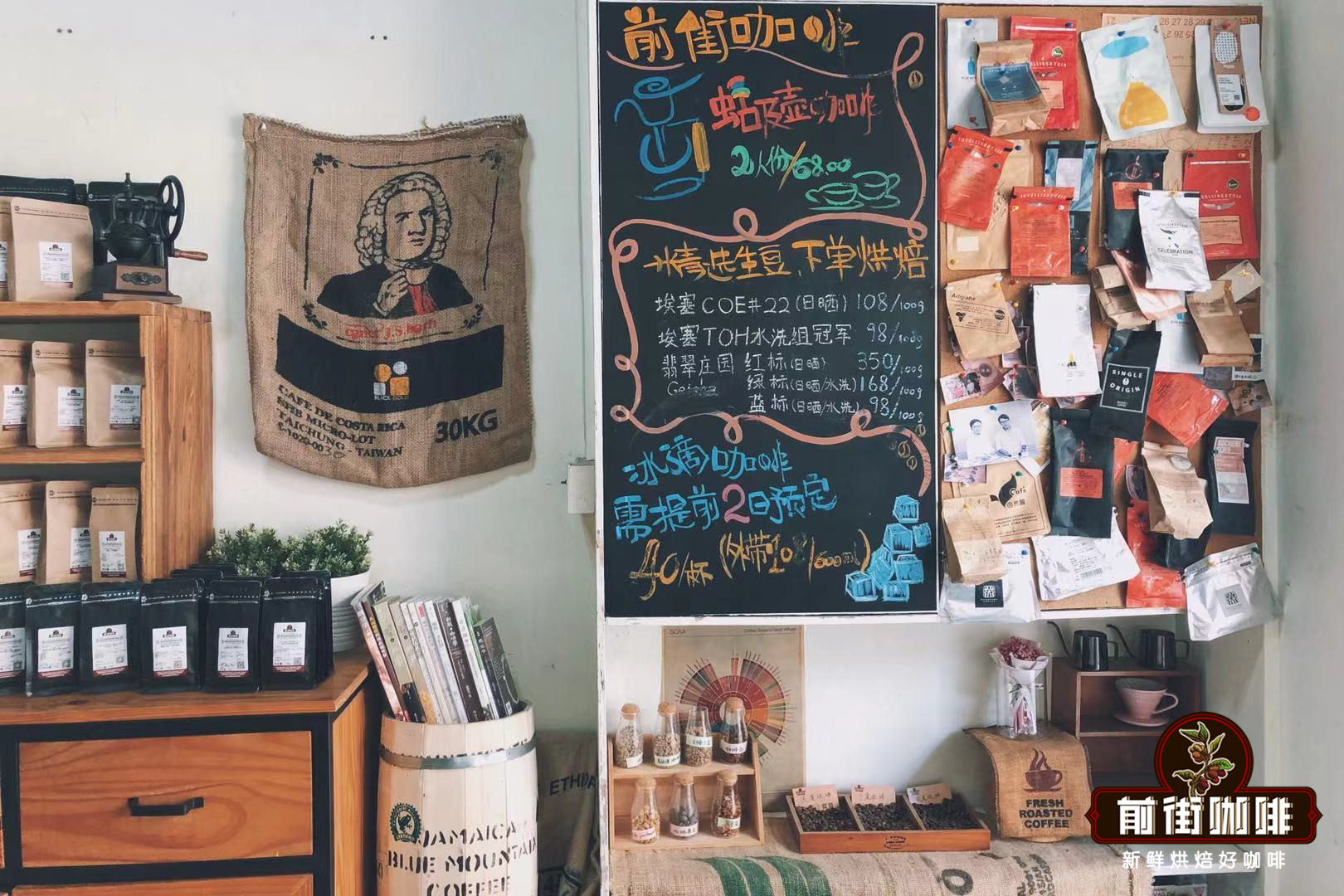Coffee roasting: what happens when coffee beans are not dehydrated enough in roasting?

Professional coffee knowledge exchange more coffee bean information please follow the coffee workshop (Wechat official account cafe_style)
1. No matter how the beans are baked, unless the beans are baked into charcoal, or the raw beans are baked into ripe beans, there will still be a certain amount of water inside it. According to the literature description, most of the residual water is the water produced by chemical reactions in beans.
two。 From the beginning of the bean to the next bean, the beans have the phenomenon of water evaporation, not only when the water reaches the boiling point, nor after turning yellow into the Mena reaction stage, the situation of water evaporation will certainly be less than that before yellowing (commonly known as dehydration stage).
3. There are two sources of water evapotranspiration of beans, one is free water between tissues, and the other is water generated by chemical reactions. before entering Mena reaction, most of the evaporated water is free water, and after entering Mena reaction, free water becomes less and less, while chemical reaction water increases slightly to a certain proportion.
4. In addition to the phenomenon of explosion, the way in which the water is separated from the bean body is through the channel formed by the pores (protoplast filaments) between the bean cell walls after vaporization. the state of the protoplast filaments (physical structure) is an important factor affecting the difficulty of leaving the beans.
5. In the same manor and the same bean species, the water content of the beans treated by water washing is often the same as that of the beans treated by sunlight, but the density of washed beans is usually higher and the density of sun beans is relatively low. it just verifies the phenomenon that the moisture detaches faster when the sun-dried beans are baked (the structure is loose and it is easier for moisture to pass through)
6. Because the drying time of sun-dried beans is relatively long after treatment, the physical structure of sun-dried beans is relatively loose, it is easier for water to leave the beans during baking, and the water activity of sun-dried beans during Mena reaction period is lower than that of washed beans, so the browning coloring is relatively light.
7. An explosion proved to be a phenomenon caused by the explosion of high-pressure water vapor in beans. As for the location of high-pressure water vapor storage in beans, there are many theories, but according to the section cut by cooked beans, almost all the holes caused by an explosion are located in the soft endosperm, that is, the position where the raw bean tissue is the softest and contains the most moisture, so it can be reasonably inferred that the moisture in this position is far away from the bean surface, and there is a lot of water. The vaporized vapor does not have time to leave through the protoplast channel and accumulates into high pressure at this position until the bean fiber changes from the rubber state to the glassy state and becomes inelastic and can not bear the pressure and burst.
8. After the first explosion, the Mena reaction continues but has reached the end, the caramelization reaction has gradually reached its peak, and the high temperature pyrolysis reaction has also begun, which can be said to be the stage of the most intense reaction and the greatest impact on the flavor in the whole baking process.
According to the above understanding, should baking sun-dried beans and baked water wash beans with different wind and fire control and different rhythms, so that the organic matter of raw beans can fully develop their flavor? If the answer is yes, how should it be implemented in your bean baking equipment?
When thinking about this question, in addition to the differences in the ease of water evapotranspiration, should the thermal conductivity of beans and the thermal energy requirements of bean density also be taken into account? What about the role of hot air? The most important thing is what kind of beans you want to bake, and then deduce how to bake a batch of raw beans.
If there is an instrument that can measure the water content and density of raw beans, it will certainly help us to think. if not, the information provided by bean merchants will become a little important. If even the information of bean merchants will be distorted, you can only try again and again and accumulate your own experience with twice the result with half the effort.
Important Notice :
前街咖啡 FrontStreet Coffee has moved to new addredd:
FrontStreet Coffee Address: 315,Donghua East Road,GuangZhou
Tel:020 38364473
- Prev

Colombian coffee producing area introduction: Colombian Santander producing area
Professional coffee knowledge exchange more coffee bean information please follow the coffee workshop (Wechat official account cafe_style) Colombia is currently the world's third largest coffee producer, after Brazil and Vietnam, the first to grow commercial beans in the 1830s, to the 20th century coffee accounted for the largest export crops, mountain topography coupled with a variety of tropical microclimate, providing an ideal planting
- Next

What is flat white Australian White Coffee White Latte and Cabo Coffee Milk ratio difference in taste
What is Australian white coffee? As a barista who has worked in Australia for many years, I think it is necessary to give a simple professional answer here. When it comes to espresso, everyone will think of lattes, cappuccinos, mochas and so on, but absolutely few people will mention Flatwhite. What is the meaning of a cup?
Related
- Beginners will see the "Coffee pull flower" guide!
- What is the difference between ice blog purified milk and ordinary milk coffee?
- Why is the Philippines the largest producer of crops in Liberia?
- For coffee extraction, should the fine powder be retained?
- How does extracted espresso fill pressed powder? How much strength does it take to press the powder?
- How to make jasmine cold extract coffee? Is the jasmine + latte good?
- Will this little toy really make the coffee taste better? How does Lily Drip affect coffee extraction?
- Will the action of slapping the filter cup also affect coffee extraction?
- What's the difference between powder-to-water ratio and powder-to-liquid ratio?
- What is the Ethiopian local species? What does it have to do with Heirloom native species?

